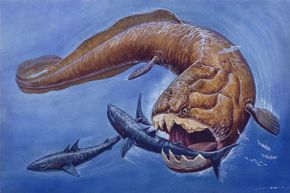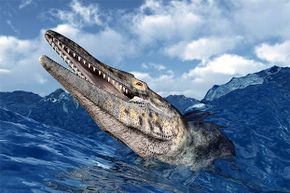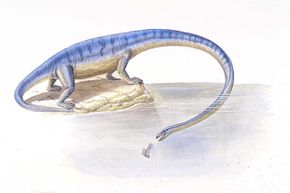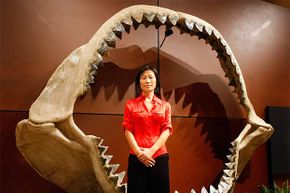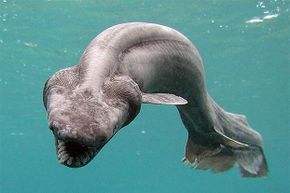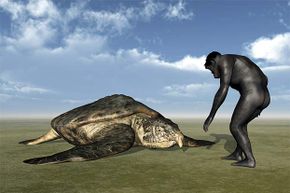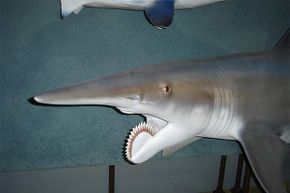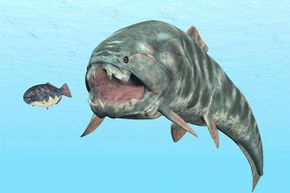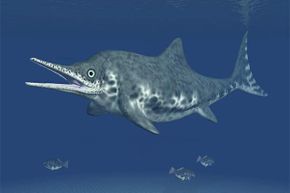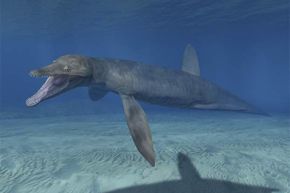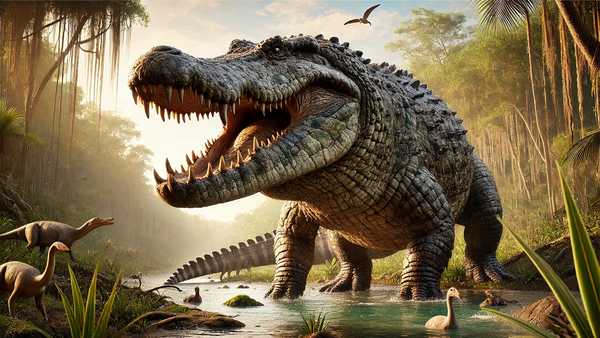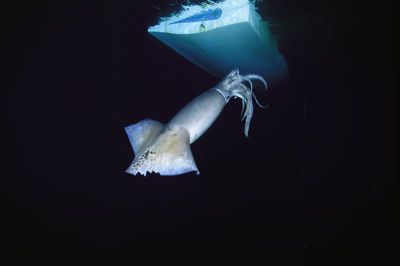Key Takeaways
- The Tylosaurus, a massive marine lizard, hunted with powerful jaws and sharp teeth, often swallowing its prey whole.
- The Megalodon, an enormous prehistoric shark, had teeth up to 7 inches (18 cm) long and preyed on whales.
- The Dunkleosteus, a placoderm fish, had blade-like jaws instead of teeth and could crush nearly any prey, including another Dunkleosteus.
If you've ever been scuba diving, watched a Jacques Cousteau film or noticed that hidden piece of human anatomy lurking on the VHS "Little Mermaid" cover, you probably already know that there are some pretty strange things going on under the sea: schools of exotic fish, vibrant coral reefs, some peg-legged pirate's sunken treasure. There's a whole different world down there, and you don't need James Cameron's submersible deep sea diving contraption to catch a peek.
"I felt like I literally, in the space of one day, had gone to another planet and come back," the "Titanic" director told the Associated Press after descending 7 miles (11 kilometers) below the Pacific Ocean in a 2012 solo mission. If only Cameron had a time machine. Some of the most wonderfully strange sea life known to man is sadly extinct. That includes a wide variety of voracious monsters, aggressive sharks and exotic lizards that you might expect to find in one of ol' Jimbo's movies. Also, a humongous turtle.
Advertisement
